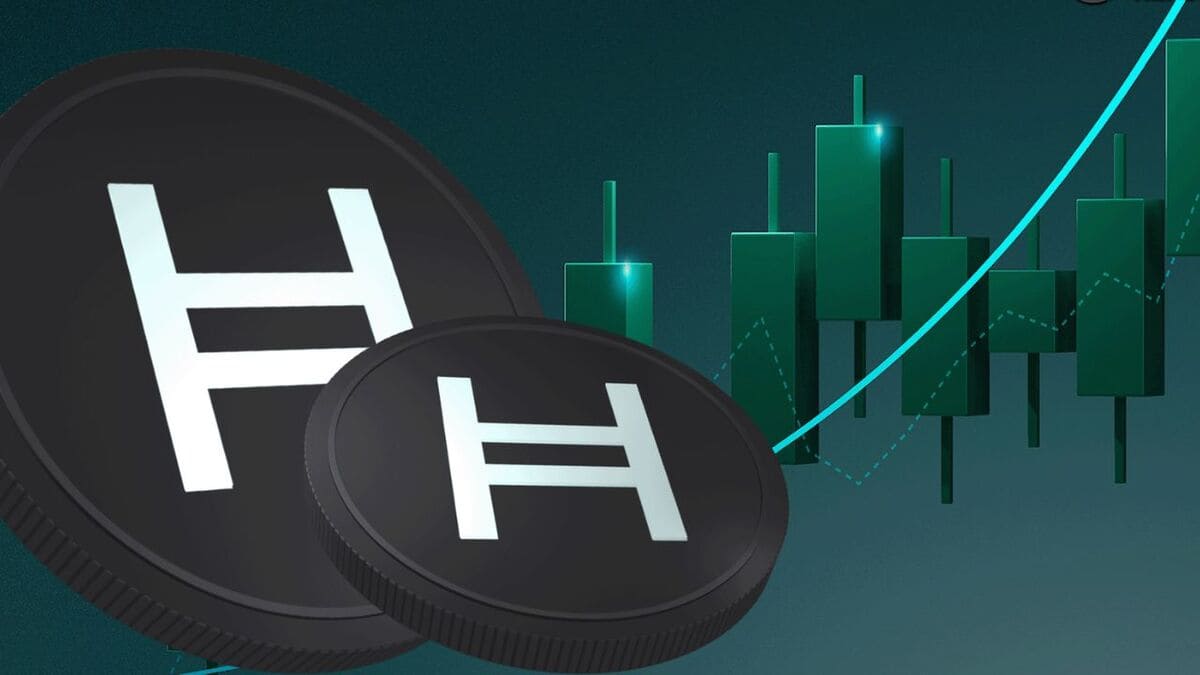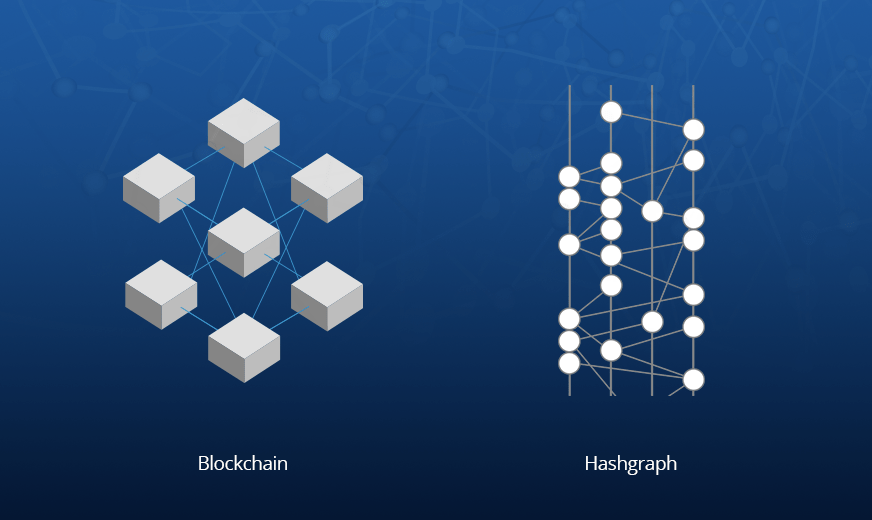In a rapidly evolving digital era, enterprises are demanding distributed ledger technologies that are faster, greener, and more reliable than traditional blockchains. Hedera Hashgraph has emerged as a groundbreaking alternative, combining unparalleled transaction speed, robust governance, and real-world utility across finance, supply chains, and digital identity.

In the ongoing evolution of digital infrastructures, the competition for scalable, secure, and energy-efficient distributed ledger technologies has reached unprecedented intensity. Among the numerous projects vying for leadership, Hedera Hashgraph stands out as a unique paradigm that transcends the traditional blockchain model. Unlike conventional blockchain networks that rely on sequential blocks and proof-of-work or proof-of-stake mechanisms, Hedera introduces a novel consensus algorithm—the Hashgraph asynchronous Byzantine Fault Tolerant (aBFT) protocol—which ensures fairness, speed, and high throughput. This architecture is not only redefining the efficiency benchmarks of decentralized networks but also catalyzing new conversations about how enterprises can integrate distributed technologies into mission-critical systems without sacrificing governance or compliance.
A Distinctive Technological Foundation
At its core, Hedera Hashgraph operates on a gossip-about-gossip protocol combined with virtual voting, allowing nodes to exchange small pieces of information about transactions and network history. This results in consensus that is mathematically provable, highly secure against malicious actors, and final within seconds. The efficiency of this system is unparalleled: Hedera supports over 10,000 transactions per second (TPS) with transaction finality typically under five seconds, while consuming a fraction of the energy required by proof-of-work blockchains like Bitcoin. This positions Hedera not only as a technically superior alternative for enterprises but also as a sustainable infrastructure aligned with global trends toward greener technologies.

Governance Model: Balancing Decentralization with Enterprise Trust
One of Hedera’s defining features is its governance council, composed of up to 39 globally diversified organizations from multiple sectors, including technology, aerospace, banking, and academia. Members such as Google, IBM, Boeing, Standard Bank, Deutsche Telekom, and LG provide both credibility and operational stability. Unlike anonymous validator networks, this governance approach ensures transparent decision-making, legal accountability, and adherence to international regulatory frameworks. Each council member operates a network node, votes on software upgrades, pricing structures, and ecosystem policies, thereby safeguarding the neutrality of the platform. From a corporate perspective, this hybrid governance model bridges the gap between the ideals of decentralization and the practical requirements of compliance, data protection, and trust.
Expanding Real-World Applications
Hedera’s architecture is particularly well-suited for enterprise-grade use cases where performance, security, and auditability are non-negotiable. In the financial sector, banks and fintechs are leveraging Hedera to power stablecoin issuance, tokenized asset settlement, and cross-border remittances with near-instant settlement finality. Standard Bank’s experiments with tokenized payments in Africa demonstrate the potential of Hedera to transform liquidity management and reduce settlement risks in emerging markets. In supply chain management, Hedera enables immutable tracking of goods, verification of product authenticity, and automated compliance reporting—capabilities increasingly critical in sectors such as pharmaceuticals, luxury goods, and food safety.
Another rapidly growing application is in digital identity and tokenization. Hedera supports verifiable credentials and decentralized identifiers (DIDs), enabling secure and privacy-preserving authentication mechanisms. This framework provides a foundation for governments and enterprises aiming to deploy national ID systems, e-voting platforms, or secure corporate identity solutions. Furthermore, the non-fungible token (NFT) standards on Hedera are being utilized for enterprise-grade scenarios beyond art and collectibles, such as digital rights management, loyalty programs, and carbon credit certification.
Market Dynamics and HBAR Token Economics
The economic structure of Hedera’s native token, HBAR, is fundamental to the ecosystem. HBAR serves as both the fuel for transactions and network services and as a staking mechanism for securing the network. With current valuations hovering around $0.26, speculative attention has centered on its long-term growth trajectory. Analysts emphasize that if the enterprise blockchain market expands as projected—from $9.6 billion in 2023 to over $145–288 billion by 2030—Hedera could capture a significant portion of this growth. Given its technical advantages, adoption momentum, and strategic partnerships, projections suggest that HBAR could realistically reach between $3 and $4.25 by 2030, provided it maintains a competitive edge against rivals.
Competitive Landscape and Regulatory Challenges
Despite its promise, Hedera operates in an environment of intense competition. Frameworks such as Hyperledger Fabric, R3 Corda, and Quorum offer enterprise blockchains with strong adoption footprints, particularly among corporations that prefer permissioned environments with restricted access. These platforms often prioritize privacy and fine-grained control over network participation, features that resonate with conservative industries such as banking and healthcare. Hedera, in contrast, emphasizes an open yet governed model, which may require enterprises to adapt their internal risk frameworks.
Additionally, regulatory uncertainty remains a critical challenge. Questions surrounding token classification, cross-jurisdictional compliance, and data localization laws could slow down enterprise adoption. Nevertheless, Hedera’s governance structure, with its legally accountable council members, provides a relative advantage in addressing these concerns compared to fully decentralized, anonymous networks.
Looking Ahead: AI, IoT, and Beyond
The future of Hedera is closely tied to its capacity to integrate with other emerging technologies. Collaborative initiatives are already exploring the convergence of artificial intelligence, Internet of Things (IoT), and distributed ledgers. For example, IoT devices integrated with Hedera could perform autonomous micropayments, data verification, and decentralized coordination without human intervention. Similarly, AI algorithms embedded into Hedera’s infrastructure could enable predictive analytics for supply chains or optimize energy usage in decentralized smart grids.
Moreover, the tokenization of real-world assets (RWA)—from real estate and commodities to intellectual property—is emerging as one of the most significant opportunities. Hedera’s combination of high throughput, security, and governance makes it a strong candidate for handling large volumes of tokenized transactions with institutional-grade reliability.
In summary
Hedera Hashgraph represents more than a technological alternative to blockchain—it is a holistic ecosystem designed to align decentralized innovation with enterprise requirements. Its distinctive consensus algorithm, scalable infrastructure, and hybrid governance model provide a blueprint for how distributed ledger technologies can achieve mainstream adoption without compromising on performance or compliance.
As industries continue their digital transformation, Hedera’s ability to deliver real-world utility at scale could establish it as a foundational layer for the next generation of financial systems, supply chain networks, identity frameworks, and digital economies. The road ahead will not be free of obstacles—competition, regulation, and evolving market demands will shape its trajectory. Yet, if Hedera succeeds in capitalizing on its unique positioning, it has the potential not only to meet but to exceed expectations, reshaping the landscape of enterprise technology and reinforcing its role as a cornerstone of the decentralized future.
